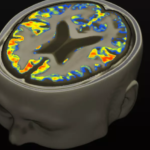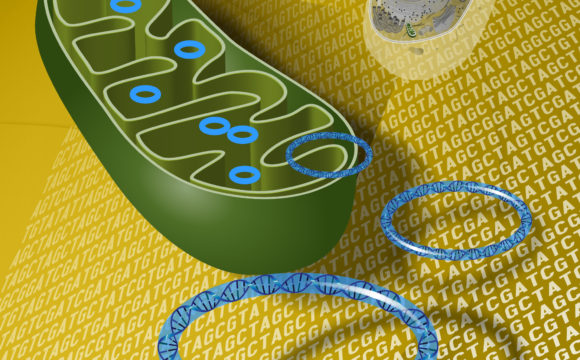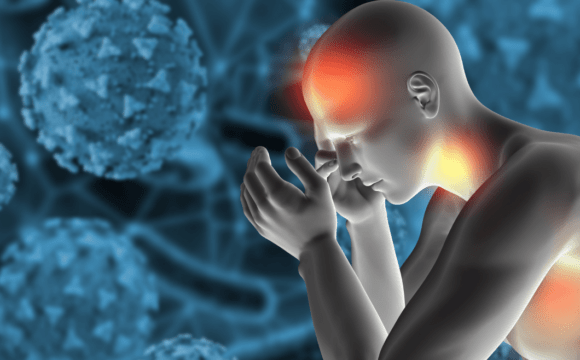DNA methylation refers to the addition of methyl groups into the DNA molecule. In human DNA, the cytosine molecule gets methylated forming 5-methylcytosine. Evidence suggests that methylation plays a role in regulating gene expression by manipulating DNA interactions with both chromatin proteins and specific transcription factors. Although the methylation pattern remains similar via heredity, studies have shown that they may get altered in case of severe neurodevelopmental disorders like Autism. For reasons like these the studies in the areas of DNA methylation attracts many researchers.
A new study published in the journal Science attempted to classify neurons based on the methylation pattern.
The abstract of the paper notes ‘DNA methylation is a stable epigenetic mark that distinguishes cell types and marks regulatory elements’. The researchers experimented on the cells from the cerebral cortex (the thin layer of the brain that covers the outer portion (1.5mm to 5mm) of the cerebrum) of mice and the human brain. Chemical methods were used to isolate nuclei from a single cell and placing each nucleus in the walls of a 384-well plate. Another round of chemical treatment was used to convert cytosines lacking methyl groups into RNA base uracil. The DNA was then sequenced to focus only on the remaining methylated cytosine. Sequencing enables the researcher to identify specific genes which are under the control of methylation. About 3,377 mouse neurons and 2,784 human neurons were tested. For a particular neuron there exist methylation patterns which correspond with known patterns of gene expression.

Methylation
In addition to 16 mouse and 21 human neurons, this study identified two new neurons which resulted from unique gene-expression profiles. These two neurons had two different roles. The one in mice boosts brain signaling while the one in humans dampens brain signaling.
Research of this kind not only helps in discovering/identifying newer neurons but also helps in identifying the regulatory elements that determine conserved brain cell diversity. And will naturally expand our understanding of abnormal brain conditions
Reference:
1] Chongyuan Luo, Christopher L. Keown, Laurie Kurihara, Jingtian Zhou, Yupeng He, Junhao Li, Rosa Castanon, Jacinta Lucero, Joseph R. Nery, Justin P. Sandoval, Brian Bui, Terrence J. Sejnowski, Timothy T. Harkins, Eran A. Mukamel, M. Margarita Behrens and Joseph R. Ecker Single-cell methylomes identify neuronal subtypes and regulatory elements in mammalian cortex Science 11 Aug 2017
2] spectrumnews.org/news/toolbox/method-maps-dna-tags-reveals-new-types-neurons/










